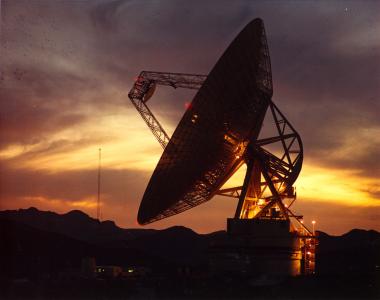Enabling effective communication for human space exploration beyond Low Earth Orbit

Communication between crew and ground on future deep space missions will be impacted by communication delay (signal latency), caused by the finite speed of light and radio waves across great distances. The one-way latency caused by the distance between the Earth and the Moon is about 1.3 seconds. The actual latency at lunar distances during the forthcoming Artemis missions is expected to be even higher due to the various signal processing steps associated with the digital communication protocols. Estimates currently vary up to 10 seconds one way. The Apollo missions, which used analog communication techniques instead of digital, were not subject to this additional delay. For future missions to Mars, the situation will be much more challenging. During transit, the crew will experience continually varying latencies starting at zero on departure and growing as they travel to Mars. On the surface latency will still vary continuously as the Earth and Mars follow their separate orbits around the sun. The shortest possible latency to the Martian surface is about 31⁄2 minutes one- way, the maximum is over 22 minutes. To date, there has been little research into the consequences of communication delay on future crewed missions. However, like other challenges such as microgravity and radiation, it is unavoidable and will continuously impact the crew. It is expected to have significant operational impacts. Additionally, with the crew potentially unable to maintain meaningful connections with their loved ones on Earth, the consequences for crew health of prolonged isolation could impact the mission to some extent.
